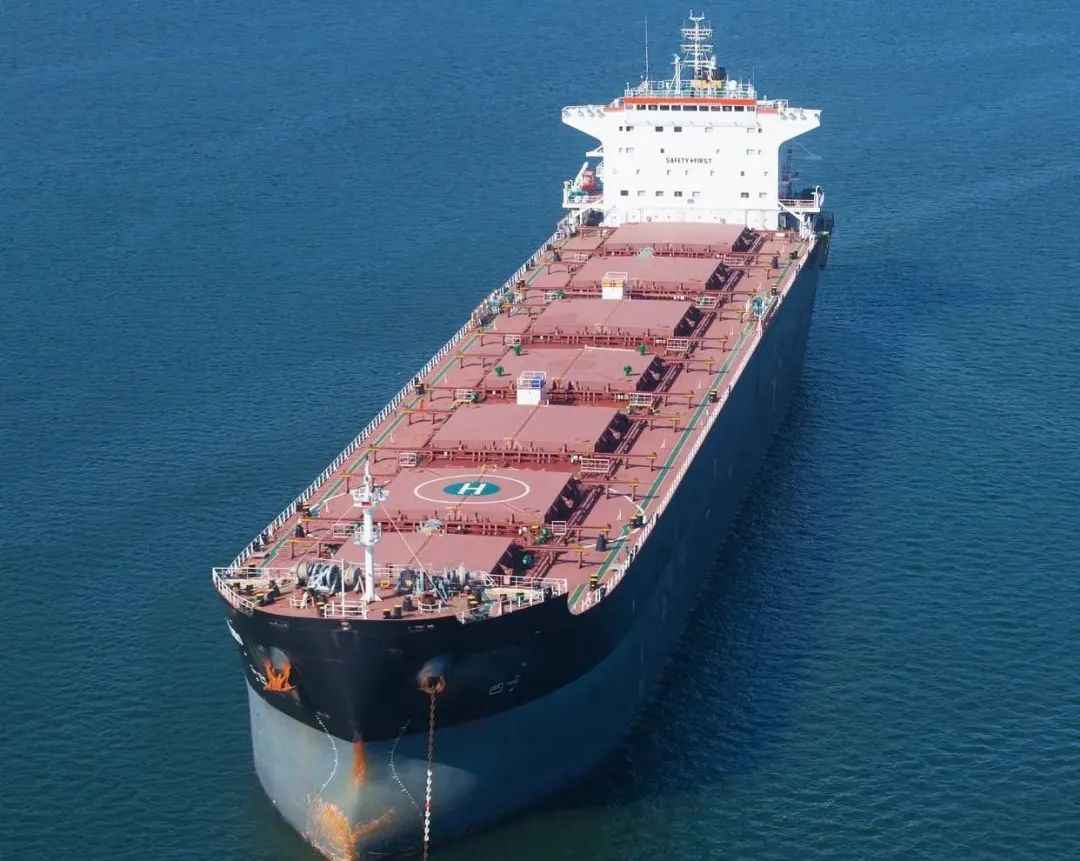The ongoing tension and volatility in the Middle East are significantly impacting the global shipping industry. On June 24, former U.S. President Donald Trump announced the immediate of a ceasefire agreement between Israel and Iran, a move that caused international oil prices—previously soaring due to escalating conflicts—to plunge sharply. However, the region's uncertain situation continues to disrupt the shipping sector.
A visit to a major supply chain company in Shenzhen revealed a substantial surge in container shipping costs from China to the Middle East. The company's director noted that freight rates for containers bound for Jebel Ali Port in Dubai, for instance, have risen by approximately 50% compared to pre-conflict levels, with quotes fluctuating frequently amid changing circumstances.
Several shipping-related listed companies have confirmed this trend. A staff member from the securities department of one listed firm explained that the core reason behind the rate hikes is the significantly increased security risks on Middle East routes. Shipping companies have been forced to raise prices to cover potential costs such as escort services, route diversions, and enhanced insurance premiums.
Analysts point out that while the ceasefire has temporarily eased the risk of direct military conflict, the complex geopolitics in the region mean the situation could reverse at any time. This uncertainty has not only driven up spot freight rates but also created greater challenges for shippers and carriers in booking, capacity planning, and other aspects, posing new tests to the stability of global trade supply chains.










